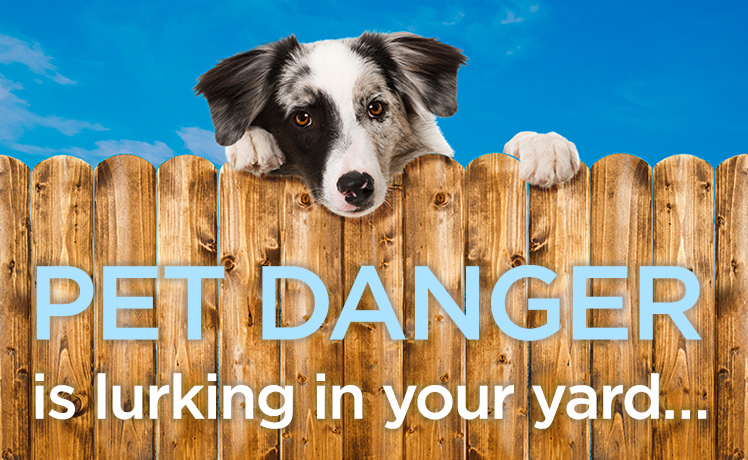
Protect Your Pet From These 8 Backyard Hazards
Are you doing these things to keep your pet healthy?
We hope all of our customers are taking good care during this time – and that includes the furry ones.
With everything that’s going on right now, it’s easy to lose track of Fido’s nail trimmings or flea medication. But just like with humans, maintaining your pet’s health is key to preventing serious illness down the road.
Before the seasons change, we recommend you check in with your pet’s health. Are you doing these things to keep your furry friend well?

Unsecure yard
Fences are meant to keep your pets in, but sometimes they don’t work as expected. Take a
break from your Zoom calls to walk around your property. Look for gaps in fencing such as
bowed boards to prevent escape by tunneling. If your pup has gotten larger, be sure the fence is
high enough. Look for broken latches as well as areas of your fence that could harm your pet
including bent wires or exposed nails.
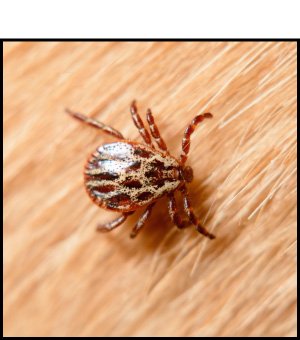
Pests
Bugs! Ew! Spending time outside increases the chances that fleas or ticks may hitch a ride on your pet. Be sure to keep up with their flea and tick prevention medications.
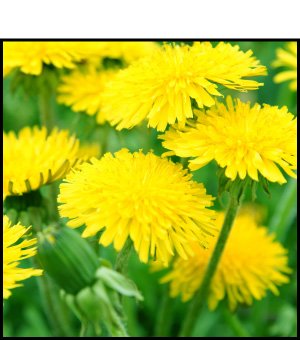
Pesticides
Speaking of bugs … using pesticides helps clear those unwanted creepy crawlies as well as
weeds from your lawn; however, they can be toxic to cats and dogs. Remember, your pets lick
themselves and clean their paws. If they ingest the pesticide, it could harm them. There are few
pesticide options that are 100% safe for your furry friends, so you should protect them by not
allowing them outside for at least 48 hours after you treat your lawn. Also! Don’t leave those
bottles around where your pet can get into them.
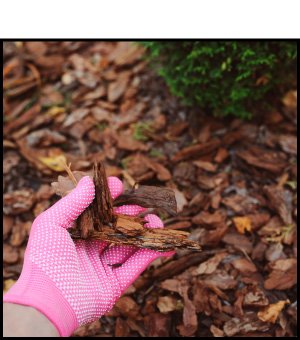
Mulch
Did you know that cocoa mulch contains theobromine, which is toxic to dogs? It’s the same ingredient as in chocolate. Other types of mulch also pose choking and intestinal hazards. If your dog is a big chewer, it’s probably a good idea to just skip the mulch altogether. You can also try using shredded pine, buckwheat hulls or hay as mulching material in your flower beds.

Flowers
They look and smell lovely… so lovely your dog may be tempted to take a bite! Many flower varieties can be toxic or cause stomach upset in your pets including the popular lilies, tulips, daffodils, hydrangeas, azaleas and oleander. If you want to plant these, make sure your pets can’t get into them. Signs of ingesting a toxic plant can include vomiting, diarrhea, drooling and mood changes. Give us a call if you have concerns about your pet and plants.
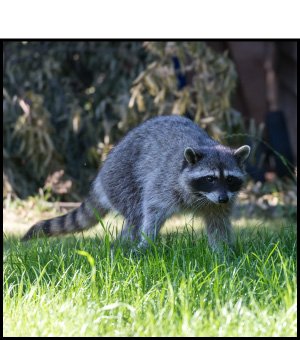
Wildlife
Owls, rats and racoons, oh my! The wildlife scampering through our yards could pose a threat if they cross paths with our pets. In some rural areas, foxes and mountain lions may be a concern as well. Some wildlife can carry disease or wound your pet in an attack.
Follow these tips, so you don’t attract wild animals:
- Never leave dog or cat food outside
- Seal your garbage cans
- Don’t put enticing food in compost
- Lock your doggie doors

Weather
The heat of summer will surely be here before we know it. Be sure not to keep your pet outside
for too long when it’s hot outside. Pets can suffer heat stroke and hydration. Give them water
and shade when they’re playing outside. Your dog might also enjoy a small kiddie pool to splash
around in to keep cool.
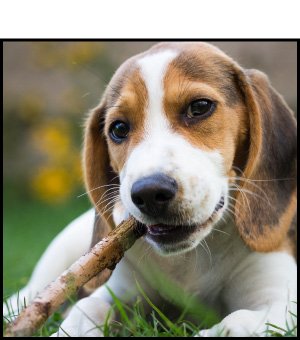
Sticks
But don’t dogs and sticks go together like peanut butter and jelly? Unfortunately, dogs can
swallow parts of chewed up sticks. The wood can splinter and cause internal injuries on the way
down. Dangerous fungus can also grow on rotting wooding, so if you live in the country try to
keep an eye on the wood your dog’s chewing.
